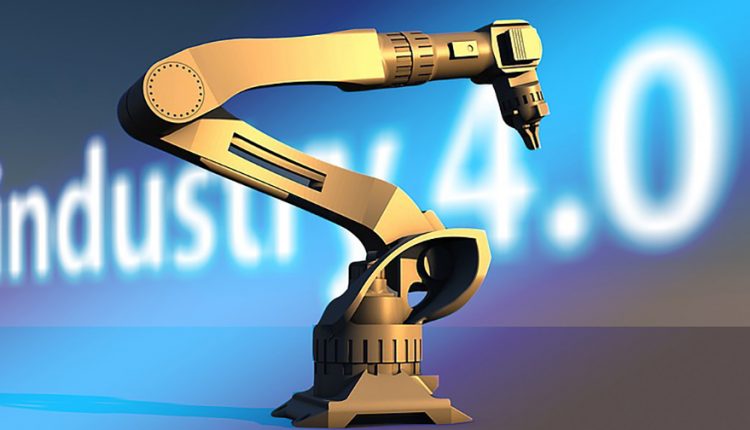Robot sales in the United States hit a new peak of almost 38,000 units, setting a record for the eighth year in a row (2010-2018). Today, robot density in the US manufacturing industry is now more than double that of China and ranks seventh worldwide. These results are published by the International Federation of Robotics (IFR).
Robot density in the US manufacturing industry reached 200 robots per 10,000 employees vs. 97 in China (2017). The trend to automate production in both domestic and global markets is the main driving force of robot installations in the US. The general industry sector, particularly the food and beverage industry (+64%) and the plastic and chemical products industry (+30%), had the highest growth.
In terms of market share, the automotive sector is the most important customer for robots. The US car market is the second largest car market in the world after China. Within the US automotive sector, part suppliers account for two thirds of installations: Sales went up by nine percent (2017-2018).
However, car manufacturers (OEM) invested less in automation, installations went down by 26%. The average annual growth rate of robot sales to the US automotive industry between 2013 and 2018 was seven percent. From a peak of 16,311 units in 2016, robot sales decreased by five percent from 15,400 units in 2017 to 14,600 units in 2018, accounting for a share of 38% of total installations.
Robot density in the automotive industry increased by 52% between 2012 and 2017, from 790 to 1,200 industrial robots in operation per 10,000 employees (robot density China 2017: 539 units). According to the Bureau of Labour Statistics USA, employment in the automotive industry increased by 22% from 824,400 to 1,005,000 jobs (2013-2018).
The electrical/electronics industry was the second most important customer in 2018 with a market share of 18% of the total supply. From 2013 to 2018, robot installations increased by 15% on average per year.
The number of installations rose by some two percent to almost 6,700 units in 2018. In terms of new developments, several production sites for lithium ion batteries as well as for chips and sensors have been created in recent years and more will be established in years to come.
“The North American countries (United States, Canada, and Mexico) represent the second largest operational stock of industrial robots in the world after China,” said Junji Tsuda, President of the International Federation of Robotics. “Whilst numerous important robot system integrators come from North America, most big robot manufacturers are based in Japan, Korea and Europe. At North America’s number one robot and automation event ‘Automate 2019’ in Chicago, from April 8th to 11th, you will be able to see the latest innovations in robotics, vision, motion control and automation technologies from around the world.”

